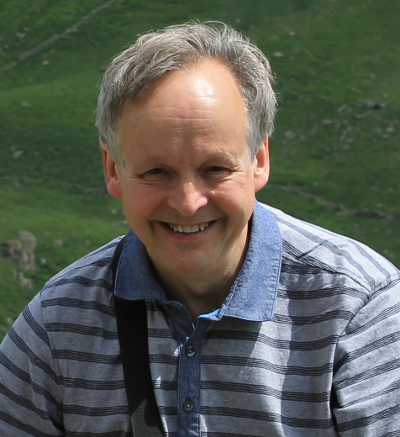Conundrum
I have recently been reading an interesting paper (Unconventional methods of imaging: computational microscopy and compact implementations) where the author's present a propagator that describes how an electromagnetic wave will propagate from an object to a sensor:
$$E(x,y,z) = \mathcal{P}_z \left\{ E(x,y,0) \right\}
$$
The paper is great because among other things it presented the way to extend Holographic reconstruction through a medium with refractive index \(n\) not explained in other review papers (Practical algorithms for simulation and reconstruction of digital in-line holograms). However every paper I read always seems to highlight a new question that is not answered! The paper by Euan McLoid et. al. is no exception.. Given that \(\mathcal{P}_z\) propagates an electromagnetic wave it seems strange that they then use the same propagator in the reverse direction, but with no explanation, they use an intensity (See Goodman Section 4.1.1) where the irradiance of a scalar monochromatic wave at point \( P\) as the squared magnitude of the complex phasor representation \(U(P)\) of the disturbance:
$$I(P) = \lvert U(P) \lvert^2
$$
So Euan McLoid et. al. derive the \(\mathcal{P}_z \left\{ E \right\}\) with a complex wave (\(E\)) and then use the square of a complex wave without explanation in the reverse direction:
$$\mathcal{P}_{-z} \left\{ I(x,y,z_i)\right\} = E_r(x,y,z_s)
$$
In addition other work (Manfred H. Jericho and Hans Juergen Kreuzer in 2010) indicate that the twin image artifacts are removed if the intensity of the contrast hologram is used rather than from the intensity of the hologram \(H(x_s, y_s, z_s)\). So a paper written in 2016 makes assertions about twin image artifacts that have been dismissed by and earlier work!
My job is to make sense of conflicting information like this and create a product. Welcome to my world!
About Peter
Peter is a software engineer, physicist and HPC enthusiast working on machine learning projects with i-Abra. Most recently he has been working with holograms developing super - resolution reconstruction algorithms as part of the data preparation for an AI engine used to classify samples likely to be infected with Corona Virus. The Virolens system takes holographic images of samples from patients and analyses the high resolution images to detect evidence of Corona Virus.
The machine learning training algorithms developed by Peter run on a Beowulf cluster and use Intel FPGA accelerator hardware to speed the training algorithms. Many of the algorithms use the Armadillo C++ libraries and image reconstruction is now being extended using accelerator code based on fft3d-fpga developed by PC².
Feel free to contact me if you're interested!
Contact
Feel free to email me (peteasa at gmail.com), if you would like to know more!
